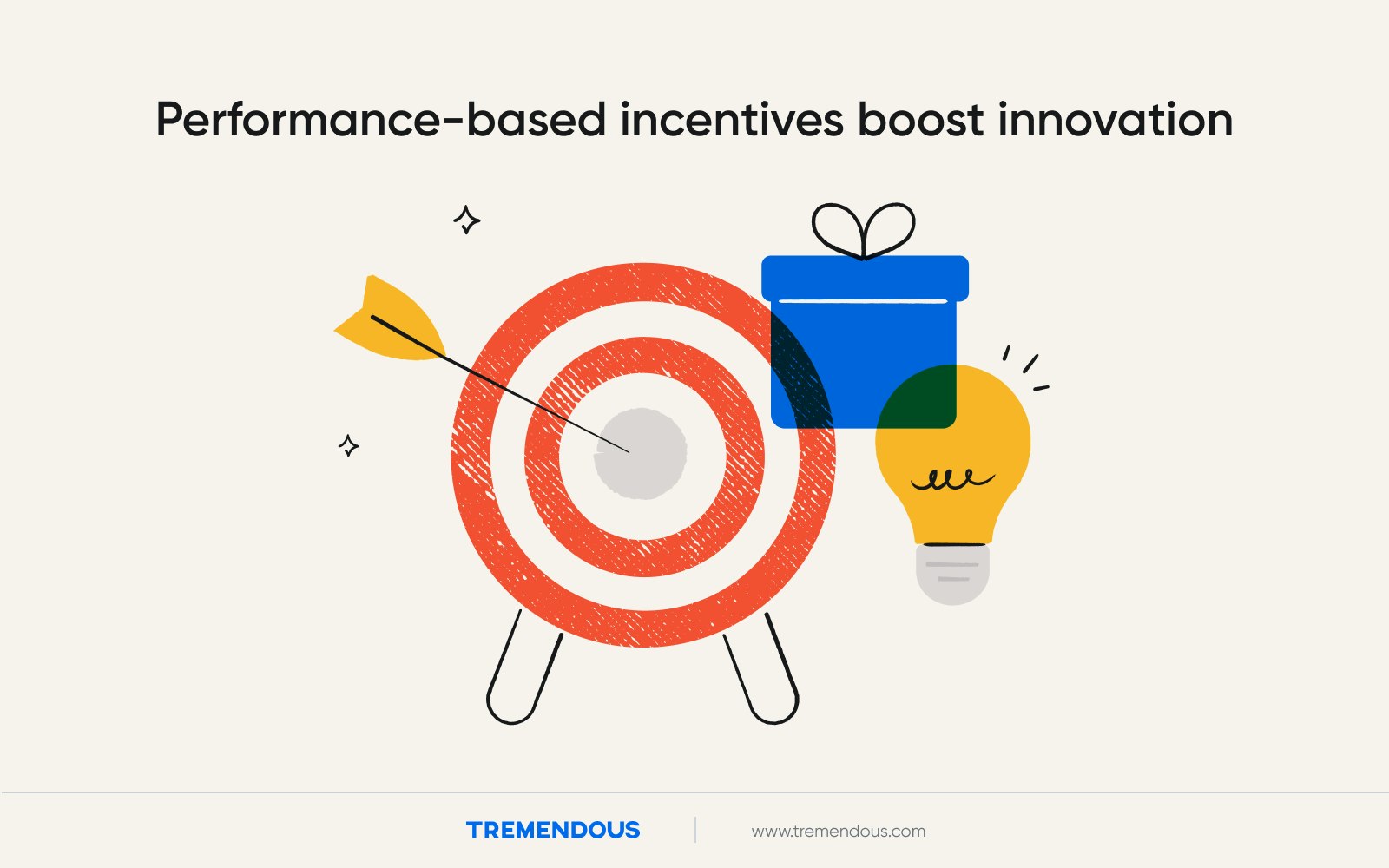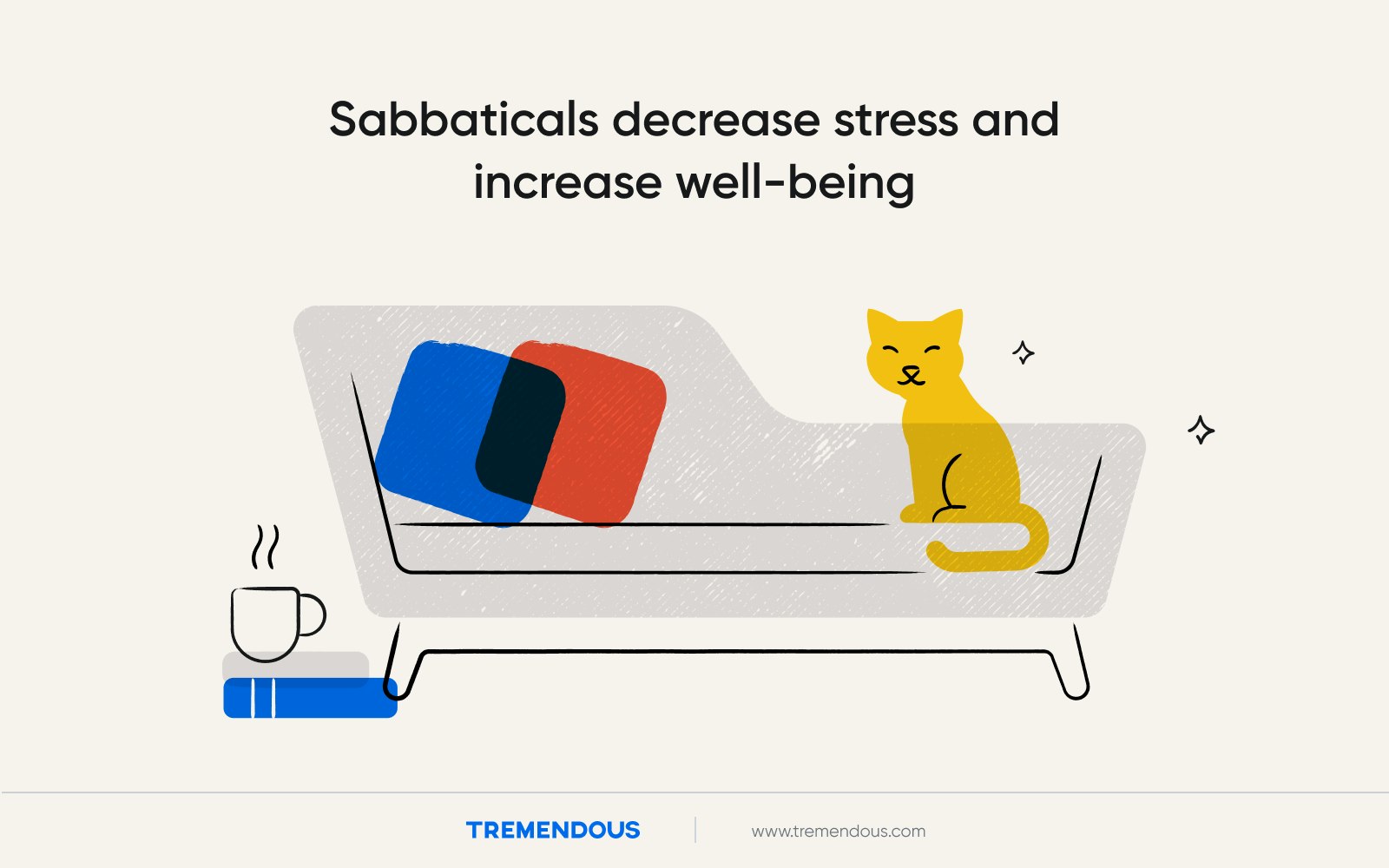11 ideas for employee rewards and recognition
By Kim Rohrer●6 min. read●Jan 23, 2025

Effective employee recognition programs drive long-term company success. Recent studies show that implementing recognition programs with rewards can reduce employee turnover by 43%.
While financial incentives are highly effective, companies can recognize performance, effort, and loyalty in many ways.
Here’s how you can reward your employees' hard work, increase engagement, and boost your organization’s bottom line.
What is an employee recognition program?
Employee recognition programs formally celebrate workers' achievements, milestones, and contributions to company success. These programs combine monetary rewards, public acknowledgment, and growth opportunities to recognize employees.
Successful employee recognition programs reinforce company values and business objectives. For example, your company might recognize an employee for exceeding sales targets, leading a critical project successfully, or embodying a core company value in their work.
Companies with strong employee recognition programs often experience measurable improvements in employee retention and engagement. These programs work best when they're consistent, equitable across teams, and offer rewards employees actually want.
11 employee recognition ideas
Different employee achievements often merit different types of recognition. For example, if an employee goes above and beyond to meet a project deadline, you could give them a shoutout on Slack for their dedication. If your sales team crushes their quarterly quota, you may give every rep a small monetary reward to celebrate their hard work.
Offering a variety of recognition rewards for different kinds of achievements can drive employee engagement without breaking your budget. Here are 11 ideas to incorporate into your recognition program.
1. Verbal or written recognition
Personal communication is a simple, powerful way to show appreciation. Whether you’re privately acknowledging an employee’s achievements in Slack, or publicly praising them on LinkedIn, this type of employee recognition serves as a light-touch reminder that you value their hard work.
2. Performance bonuses
When an employee goes above and beyond, it’s a fantastic gesture (if your budget allows) to recognize their effort with a one-time financial reward. Whether someone worked extra hours on a project, lent a hand to a team outside their regular scope of work, or came up with an idea that pushed a project over the finish line, excellent work deserves additional compensation.
Create a clear standard for distributing performance-based rewards to reduce the risk of bias and ensure everyone uses the same measurement standards. To be effective, performance bonuses must be equitable and based on individual contributions.
This particular employee recognition incentive isn’t just helpful for reducing turnover: offering additional performance-related pay can even increase innovation at small companies.

3. Professional development opportunities
Investing in your employees' growth demonstrates a commitment to their success. According to a recent LinkedIn survey, 94% of employees say they’d stay with their current employer if the org invested in their career development.
Offering time off for professional development is a great way to invest in continuing education, even when budgets don’t allow for big spending. Create standards for professional development separate from any learning and development budgets you’ve set for the company.
4. Gifts
Intuitively, it may seem like customized gifts with a touch of personal flair would be the best option for employee rewards. But our research shows the opposite is true: the vast majority (65%) of employees just want money.
While a mug emblazoned with an inside joke may be thoughtful, it’s not very practical. Employees want something they’ll actually use — and most people already have enough mugs.
Gift cards
Gift cards are easy to send and spend, especially if you give employees virtual gift cards rather than physical ones. However, most employees prefer to have the option to choose their own gift card rather than getting one for a retailer they may or may not like.
If you're going to send employees gift cards, give them the option to choose what they want.
Money
Our recent employee gifting study found that 65% of employees prefer to receive money over other employee rewards. And 67% of employees would be satisfied with just $50 to $100.
You can't beat the flexibility and freedom of cash. While some employers may worry that cash is too impersonal, the employees we surveyed made it clear: personalization isn't nearly as important as receiving a gift they actually want.
Prepaid cards
Prepaid cards are a perfect option for companies who want to send employees money, but don't want to deal with the fees or hassle of adding money to an employee's paycheck.
In our survey, we found employees view Visa prepaid cards as nearly as valuable as cash transfers.
5. Experiential employee rewards
Whether it’s a fancy team dinner or a hike in the mountains, rewarding a team with the chance to spend time together outside their day-to-day is a great way to combine recognition and team building. For employees who value experiences over things, this is a great way to celebrate them in a way they’ll appreciate.
While some employees love experiential employee recognition, others may feel that a night out with coworkers is yet another obligation. If you offer employees a team excursion, consider pairing it with additional time off, a small monetary reward, or individual incentives to ensure those who dislike team-building activities receive something relevant to them.
6. Additional time off
Rewarding team members with additional paid time off signifies a long-term investment in their personal success; you value their efforts, but you also value them as a whole person with a busy life outside of work.
In our survey of 1,500 employees across 10 industries, we found PTO was the second-most favored gift behind money. Consider giving employees Fridays off in the summer, or closing up shop for a week during the holidays.
7. Team-specific rewards
Recognition from your immediate team — whether it comes from your manager or peers — often feels more specific and personal than general recognition. Realizing that your immediate coworkers see your work and recognize your value can provide a sense of security that cash can’t deliver.
Align rewards to company values and key goals or metrics. Utilize smaller, more frequent, and flexible rewards to give teams control over the kinds of recognition they offer, as long as they’re being deployed equitably company-wide.
Team-based recognition, including group bonuses and profit-sharing, is especially impactful for lower-skilled employees. Conversely, highly skilled employees tend to be more motivated by commissions and individual bonuses.
8. Employee appreciation events
If your company has a particularly stellar year, consider throwing a party to recognize the whole team’s hard work. You can hold company-wide celebrations virtually or in person, depending on your team locations and HR budget.
If you�’re a remote organization on a lean budget, invite leaders to record videos and stitch them together into one appreciation message. Ask employees to submit their favorite stories from a tough product launch and share those companywide. Or take the day off for an all-company retreat to celebrate wins and the people responsible for them.
9. Promotions
Pair promotions with a clear explanation of why the person was promoted and what support they’ll receive to help them close any skill gaps. Celebrate promotions internally and externally, and encourage employees to share their new titles on LinkedIn.
Done right, promotions can also create an inclusive culture around career growth: if employees see their peers being promoted fairly and equitably, they’ll be inspired to pursue their own advancement.
10. Sabbaticals
When an employee has been with a company for a long time (say, 5-7 years), recognizing them with a paid sabbatical is a great way to acknowledge their commitment and encourage continued employee engagement.
Taking a few months off to explore a passion, travel the world, or rest and recharge can have massive benefits for your company. Sabbaticals have become an increasingly common workplace benefit in recent years because employees often return energized and full of new creativity.
One study found professionals who took sabbaticals experienced a decline in stress levels, an increase in psychological resources, and a boost in overall well-being compared to colleagues who didn’t.

11. Charity donations
Charitable donations are a great way to show employees they're valued while also demonstrating your company’s commitment to community and social issues.
Offer to make a donation in an employee's name, or give them the choice of which charity they'd like the company to contribute. Consider this reward to recognize employees for community service or outstanding commitment to the company mission.
Employee recognition trends in 2025
Forward-thinking HR and benefits leaders are reimagining how they recognize employees. Here's how innovative companies are making employee recognition programs even more meaningful, equitable, and engaging this year.
Democratized recognition
Peer recognition can be just as powerful as recognition from managers. A recent Auburn University study found that employees are 37% more likely to go the extra mile with a structured peer recognition program.
Employees can praise colleagues who demonstrate exceptional teamwork in your company messaging app. With employee recognition platforms, they can even send small monetary rewards directly to coworkers who go above and beyond.
Micro-recognition moments
Traditional annual or semi-annual recognition cycles are giving way to frequent, smaller acknowledgments. Top companies are shifting toward immediate recognition for small wins and daily contributions that might otherwise go unnoticed.
Encourage managers to share micro-recognition with their direct reports during 1:1s, or digital high-fives when their team members excel. This instant gratification drives continuous engagement and reinforces positive behaviors.
Wellness-linked recognition
Many companies are tying recognition programs to employee well-being initiatives. Consider rewarding healthy behaviors and work-life balance achievements alongside traditional performance metrics.
Research shows that personal well-being contributes directly to professional success. Incentivizing wellness can improve employee health and influence job satisfaction within your organization.
Why you should reward employees
Incorporating a mix of praise, rewards, and opportunities for growth can help companies create a workplace where employees feel valued and motivated.
Effective employee recognition programs can reduce employee turnover by 43%.
Consistent employee recognition rewards delivered at regular intervals are more effective than one-time bonuses.
Individual incentives are more effective for skilled employees, while team-based incentives are best for low-skilled employees.
Employees prefer money over custom, personalized gifts.
Diverse employee reward ideas from verbal praise to sabbaticals provide options for different occasions that align with your company’s values.
Recognition strategies are most effective when tailored to individual preferences.
Invest time into understanding your team's recognition preferences and tailor your program accordingly, and you’ll have a winning strategy.
FAQs
Updated January 23, 2025

